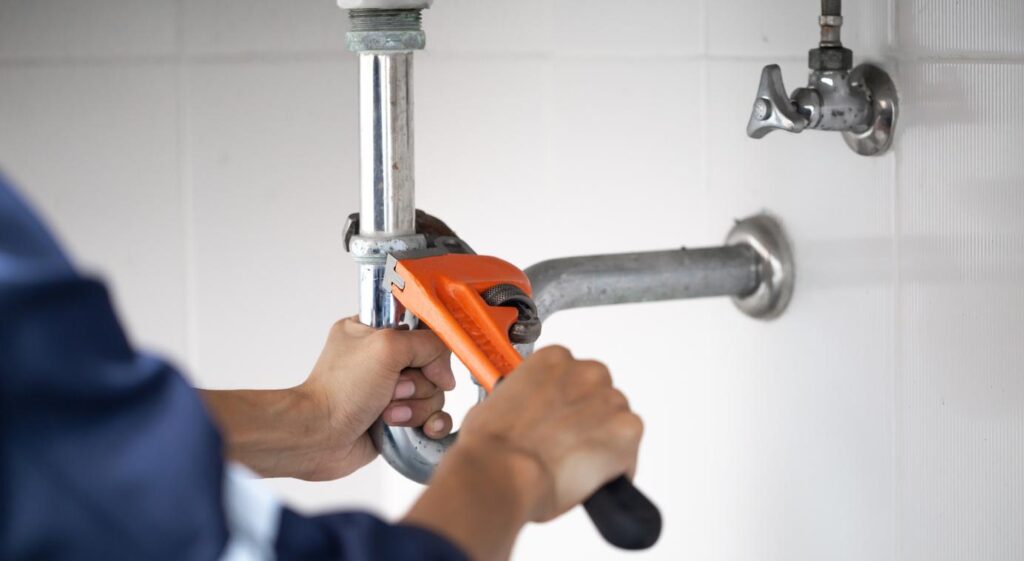QR codes and cranes: Japan embraces modern cemeteries
Masayo Isurugi settles into a booth on the sixth flooring of a sleek Tokyo setting up, scans an ID card and waits for an automated procedure to supply her late husband’s ashes.
Much more and extra persons in Japan are breaking with traditions on burial and mourning, swapping hometown graveyards for modern day normally takes on cemeteries.
As the 60-yr-aged waits in one of ten mourning booths on the flooring, cranes powering the partitions move just about silently and retrieve the “zushi” box with the urn containing her late partner Go’s ashes.
Stylish wooden doors within the booth quietly aspect like an elevator at a deluxe resort and a gleaming, dim-stone altar emerges with Go’s zushi box as its centrepiece, when a photo of him seems on a keep track of.
“Initially, I imagined maybe these facilities might truly feel cold and that I may well desire a conventional grave on soil,” Isurugi informed AFP.
“Now I really feel it is really superior to have a location exactly where I can stop by each time I want and offer prayers, relatively than possessing a relatives grave that I could hardly ever take a look at.”
Her household thought of a common cemetery, but it was a two-hour prepare journey away. The Kuramae-ryoen facility is only short bus trip from Isurugi’s property and she can take a look at soon after operate.
Usually in Japan, cremated stays are positioned in family tombs applied in excess of numerous generations and tended by the family’s eldest sons.
But Japan’s disproportionately greying population makes for an imbalance among the number of new graves needing tending and the youthful folks prepared and equipped to do it.
Households are significantly going to urban places significantly from ancestral graveyards, and quite a few elderly you should not have sons who can get on the standard duty.
– ‘A new style’ –
Tomohiro Hirose, resident monk at the temple that supervises the Kuramae-ryoen facility, has a classic cemetery with some 300 graves.
“But about 50 percent of the graves no extended have any one in the relatives to glimpse after them,” he informed AFP.
To deal with the dilemma, a crop of contemporary, indoor cemetery services have emerged, offering to retail outlet remains for a established interval, generally up to three decades.
The ashes are finally transferred to collective memorials, but individual names or QR codes are engraved on plaques to deliver some personalisation, and monks pledge to continue presenting prayers for the souls of the departed.
Dealing with a fast paced boulevard in the Japanese capital, Kuramae-ryoen characteristics warehouse-model industrial stacking racks that can store 7,000 zushi packing containers, each of which can maintain two urns or the bagged ashes of up to eight persons.
Hirose made a decision to construct the internet site after the temple’s outdated constructing was badly damaged in the 2011 earthquake.
He felt the new developing, which contains a temple, his dwelling quarters, and the cemetery facility, would revitalise a website that dates back again to 1608.
“This delivers a new type. A lot of people uncover it quick to visit their graves,” Hirose stated.
The cemetery employs machinery developed by Daifuku, a company that produces storage, transportation and selection methods for factories and warehouses.
“Our enterprise has created units for all over 60 (cemetery) services throughout the place,” claimed Hidenobu Shinnaka, a senior official at Daifuku.
The initially purchase came in the 1990s, and additional not long ago there has been fascination from other Asian marketplaces far too, he reported.
– ‘A warm-hearted manner’ –
Present day cemetery web sites are not only usually more handy, but much less expensive.
An ordinary spot expenses all over $7,100, roughly 50 % a regular gravesite, according to Kamakura Shinsho, a organization that aids connect clients with cemeteries.
Other contemporary cemeteries are not massive adequate to need machinery, but integrate other novel attributes.
Kokokuji temple, established in Tokyo in 1630, has produced a unique octagon-shaped room with walls of flooring-to-ceiling displays of unique glass Buddha statuettes.
Each and every of the statues — above 2,000 in all — symbolises an personal whose ashes are saved there. When people scan an ID or enter a spouse and children title, the Buddha assigned to their beloved a single is illuminated.
The full display can also be lit, and the program can make various mosaic patterns with distinctive statues illuminated in a range of colours to create a calming atmosphere in the dim sanctuary.
The display is meant to display that just about every of us is surrounded by numerous more, and all will be part of Buddha in the immediately after-lifetime, said resident monk Taijun Yajima, who designed the Ruriden facility with artists and engineers.
He claims mourning stays the same even in modern cemeteries.
“Young children should really glance soon after the graves and the souls of moms and dads… But in some people’s reality, it is just not feasible,” he mentioned.
“I believed about how those people people can be laid to rest in a warm-hearted manner, and this is the response.”
hih/sah/lto








